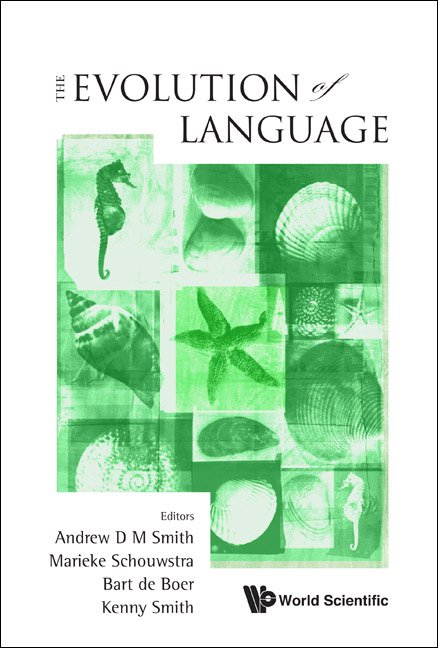EVOLUTION OF GRAMMATICAL FORMS
We examine the evolution of major grammatical forms and constructions as linguistic manifestations of human cognitive ability, based on historical data from English. We show that the complex linguistic system has arisen as more and more grammaticalized forms have accumulated. Word order and case go back to the earliest language. Tense, aspect, modality, gender, questions, negations, parataxis can be traced back to Proto-Indo-European, and they may go back further. Most crucial is the rise of embedding recursion and its product, the VO word order in Old English. This brought about the transition from the syntactic organization of the clause interwoven with discourse organization to the more strictly syntactic organization of the clause. With this transition, the periphrastic constructions of progressive, perfect and pluperfect, modal auxiliaries, periphrastic do and definite article arose due to speakers' desire to be more specific than was possible with the older forms. We also show the role of high-frequency words in the evolution of the grammatical forms.



